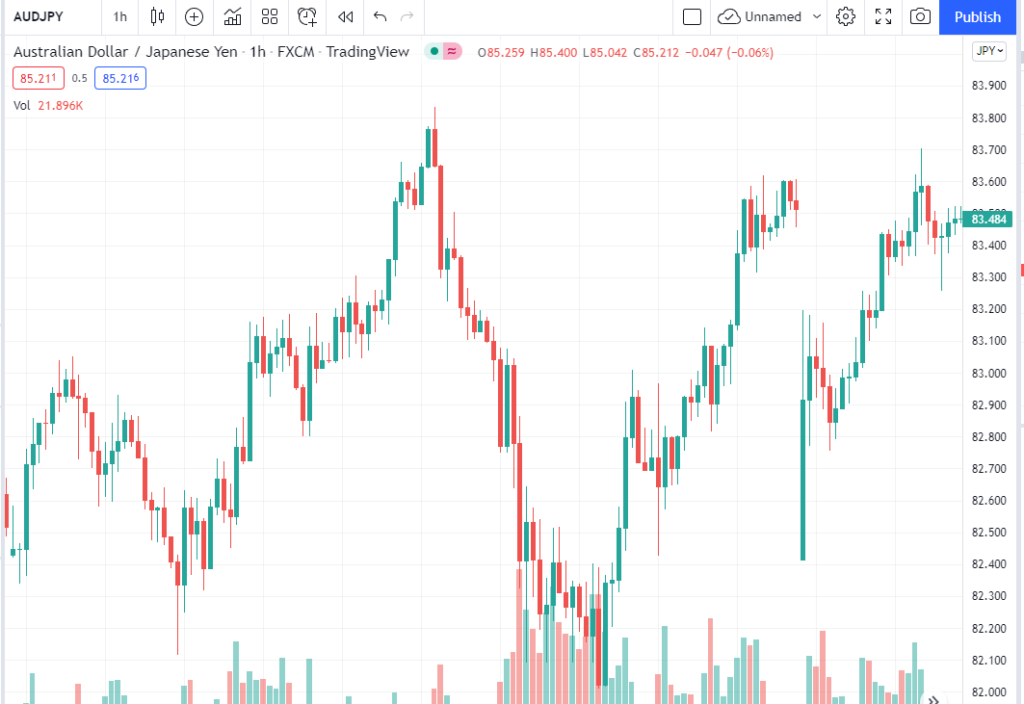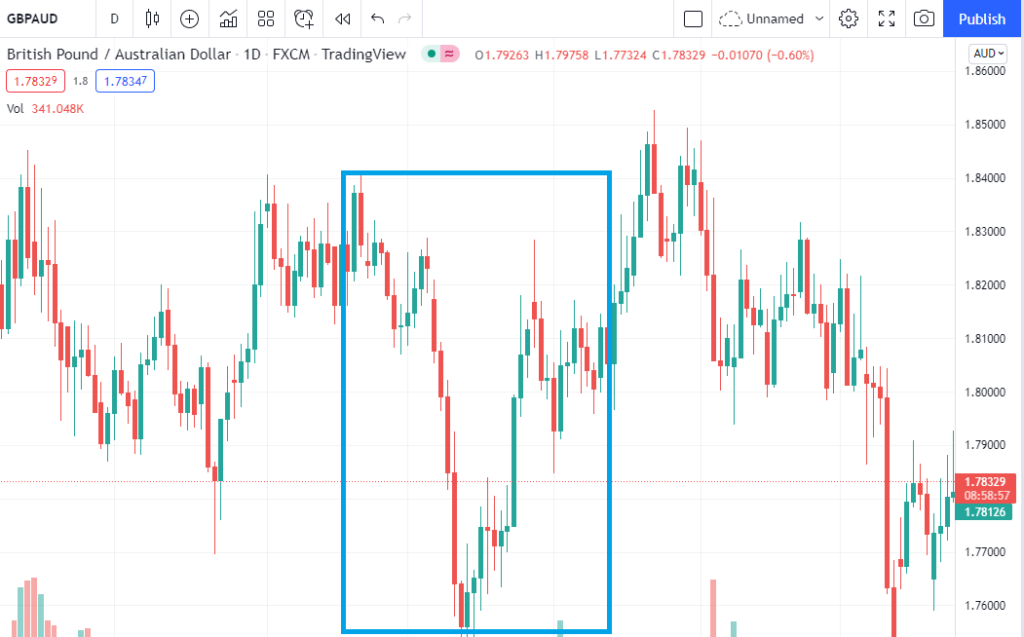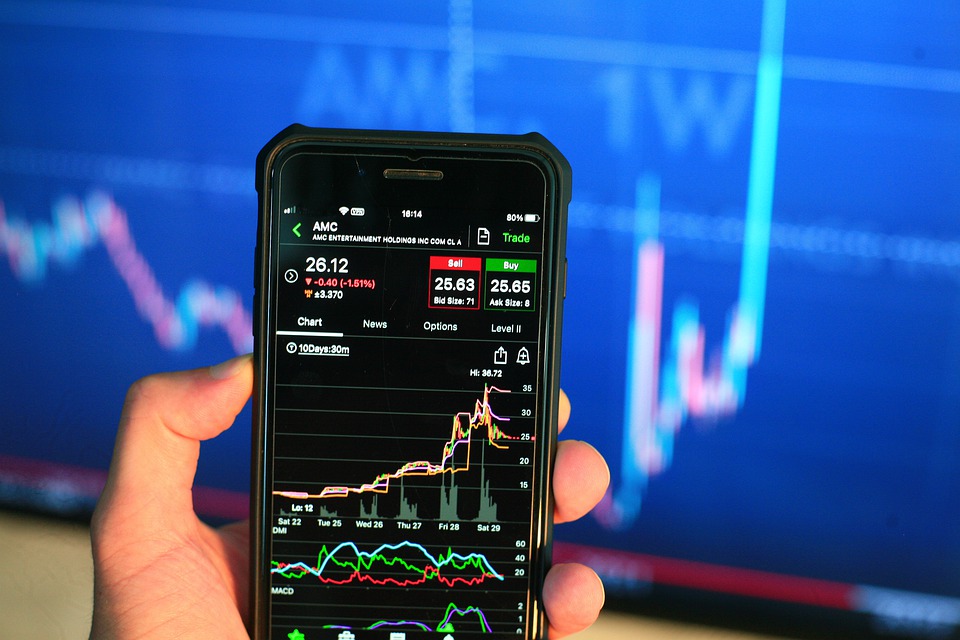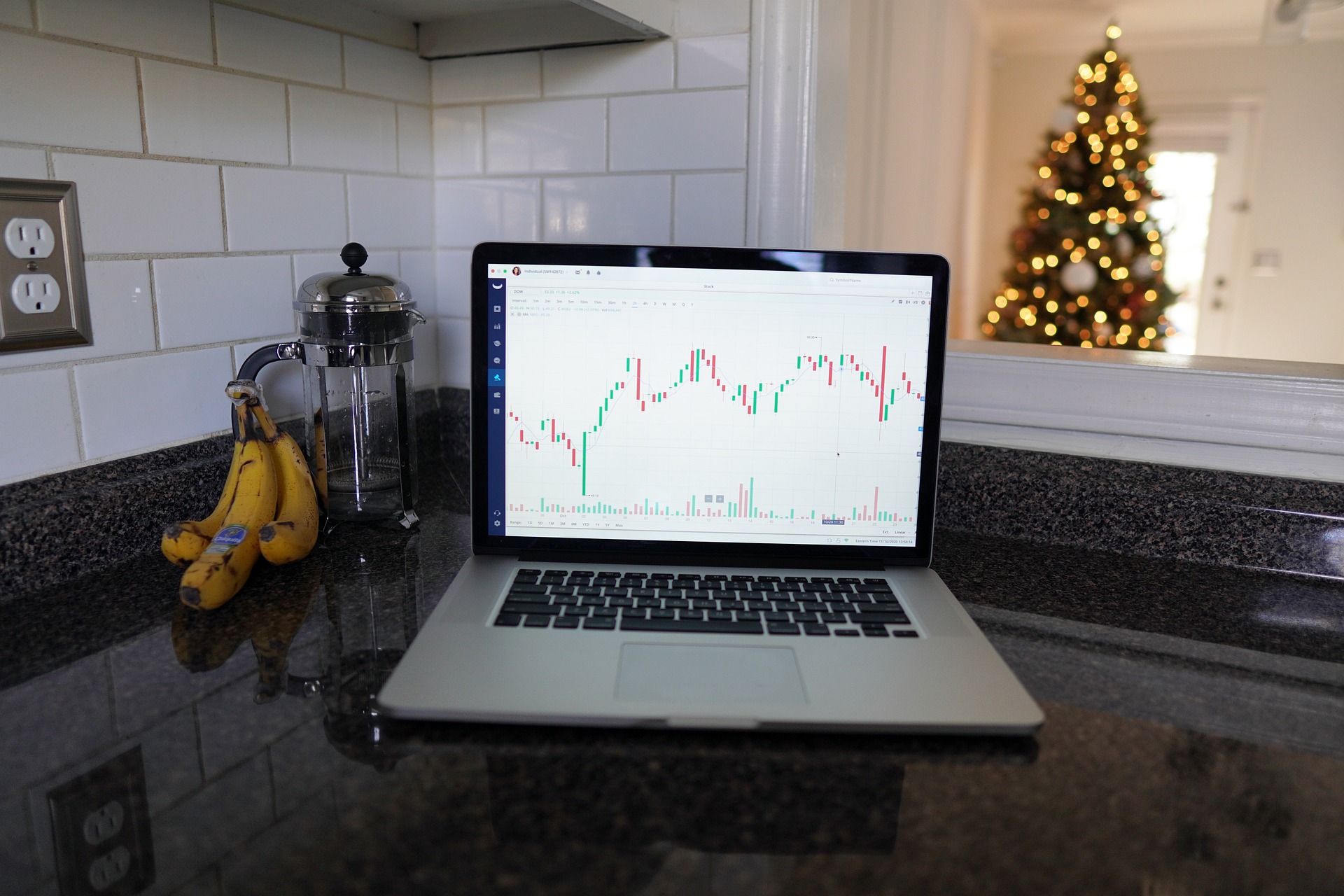One-sided buying of the Australian dollar is taking place in March 2022. US dollar, Japanese yen, euro, pound. The overwhelming dominance of the Australian dollar continues in every currency pair. Such a one-sided market has the potential to cause a big rebound later. With the exception of currencies that are sanctioned from around the world, such as the Russian ruble, they will always show opposition to unilateral price movements.
Law of reaction
Did you know that charts have the property that when a big trend occurs, then it returns big? It happens in both virtual currencies and stocks, but in exchange rates, this law of repulsion tends to fit. The exception is currencies that are sanctioned from around the world, such as the Russian ruble. The Russian ruble is intentionally sanctioned by the world, so there is no reaction. However, other charts always tend to have this effect.
Australian dollar in March
As mentioned in the article below, there was a one-sided buying of the Australian dollar in every currency pair in early March. If you encounter such a market, there could be a big backlash in the near future. Therefore, I think that you can follow the trend and get a price range, but there is also the possibility that a sudden reaction will occur.
Example 1 : AUD/JPY
The chart below is an hourly chart of AUD / JPY in late February 2022. With the announcement of Russia’s invasion of Ukraine, the market plunged. It fell from 83.8 yen to 82.0 yen. It also dropped without a big rebound, so the chart went up sharply after that. The result is a surge from 82 yen to 85 yen. Charts that do not cause such a big repulsion and move unilaterally tend to call a big repulsion later. This tendency is very noticeable in foreign exchange, but the same tendency can be seen in stocks and cryptocurrencies. In the case of such a chart, it tends to cause further repulsion rather than V-shaped recovery.

Example 2 : GBP/AUD
The chart below is the GBP / AUD daily chart for October 2021. Attention is paid to the blue frame, but a big crash occurred and it was dropped unilaterally, but after that, a big repulsion was called and it is soaring. The result is that almost all the lost amount is returned. In the case of such a chart, it tends to cause further repulsion rather than V-shaped recovery.

Example 3 : GBP/JPY
The chart below is the GBP / JPY daily chart from October to December 2021. Pay attention to the blue frame. After raising nearly 10 yen at a stretch, I returned everything. Since I raised it too much at once, a reaction was born and I dropped it at once. In the case of such a chart, it is possible to cause further repulsion rather than reverse V-shaped recovery.

Loose charts have no reaction
Charts that suddenly move a lot will have a big reaction as if they were awakened, while charts that slowly rise and fall will tend to have no reaction. At first glance, it may seem like a very plain and uninteresting price movement, but in reality, the slower the chart, the bigger the trend.







コメント